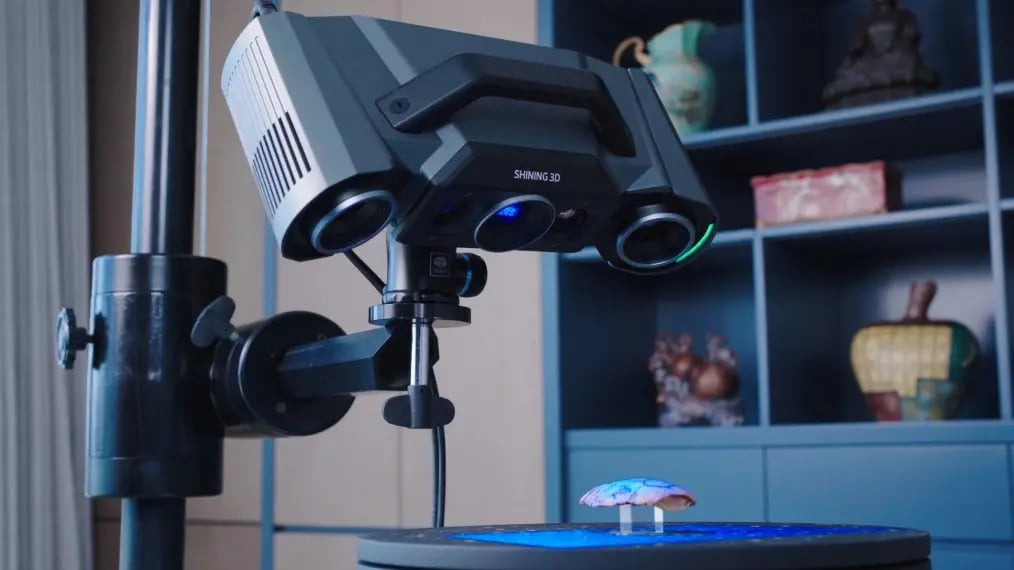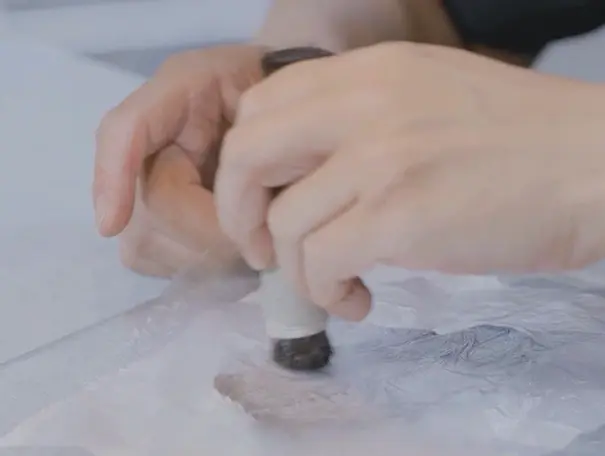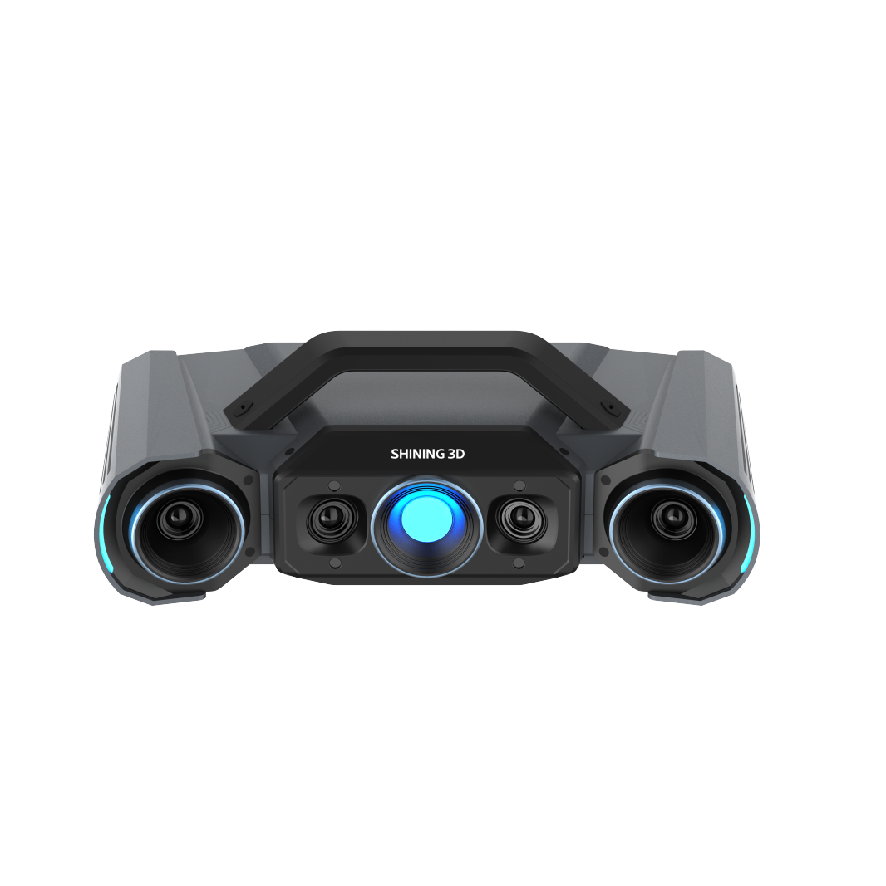
CASE STUDIES
Published on Jul. 25th 2025
Digitizing Cultural Heritage: Using High-Precision 3D Scanner to Preserve and Reconstruct Oracle Bone Inscriptions
Discover how high-precision 3D scanning technology is revolutionizing the preservation of ancient oracle bones—capturing detailed inscriptions, enabling digital rubbings, and bringing early Chinese civilization to life through immersive digital models.
Over 3,000 years ago, early Shang Dynasty diviners etched the first Chinese characters onto turtle shells and animal bones—what we now call oracle bones. These relics are among the oldest known records of Chinese writing and serve as a gateway to understanding early Chinese civilization. But as time wears on, these bones face a quiet yet relentless battle against decay, erosion, and insect damage.
.webp?width=945&height=532&name=oracle%20bones%20(sample).webp) Oracle bones (Sample)
Oracle bones (Sample)
3D Scanning Solves Key Preservation Challenges
The extreme fragility and complexity of oracle bones—porous, cracked, and often fragmented—make traditional preservation and analysis methods risky and inadequate. Non-contact, high-precision 3D scanning is urgently needed to capture their minute details without causing further harm.
In this case study, researchers utilized the OptimScan Q12—a high precision 3D scanner developed by SHINING 3D. With an astonishing precision of 0.005 mm and four 12.3-megapixel cameras, the system captures the full geometry and micro-features of each artifact, including inscriptions, cracks, and surface wear.

3D scanning the oracle bones with OptimScan Q12 high-precision 3D scanner

High quality data acquired by OptimScan Q12
Accurate digital replicas safeguard original bones and provide precise data for analysis, restoration, and long-term preservation.
The Rise of Digital Rubbings
Traditionally, scholars used ink rubbings to transcribe and share oracle bone inscriptions. This method involves placing dampened paper onto the bone surface and applying ink to reveal the carvings.


Oracle bone inscription rubbing technique -- a traditional rubbing method

Discover the product you're looking for
- Full specifications
- Using scenarios
- Key features
- Even comes with a bundle!
High-precision 3D scanning now allows researchers to create non-contact digital rubbings with modeling tools like Blender, capturing full surface detail safely and accurately. These rubbings can be stored in searchable databases, improving access to visual and textual data.
 Create digital rubbings using Blender
Create digital rubbings using Blender

Digital rubbing
Beyond capturing surface details, this technology enables virtual reassembly of fragmented oracle bones, allowing scholars to reconstruct broken inscriptions across multiple pieces.

Virtual reassembly of fragmented oracle bones
Breathing Digital Life into Ancient Oracle Bones
Preservation and researching are only the beginning. High-fidelity 3D models, enhanced with true-color texture mapping via tools like Bluestar Mapping, are transforming oracle bones into interactive digital assets. These models go beyond archival data—they bring ancient culture to life in dynamic, immersive ways.
 Creating a realistic model of the oracle bone in BlueStar Mapping
Creating a realistic model of the oracle bone in BlueStar Mapping
 Online display of the digital oracle bone
Online display of the digital oracle bone
⦁ In digital museums, visitors can rotate, zoom, and explore oracle bones in 360°, gaining intimate access to inscriptions once hidden behind glass.
⦁ In education, interactive learning systems allow students to deconstruct character structures and trace the evolution of early Chinese script through touch or gesture-based exploration.
⦁ In the cultural and creative industries, these 3D models inspire the development of high-fidelity replicas and digital collectibles, allowing ancient inscriptions to enter modern homes, classrooms, and virtual marketplaces.
Through high-precision 3D scanning, we are not just preserving their outer form, but unlocking the deeper narratives etched into their surface. In the fusion of archaeology and digital technology, these ancient scripts are gaining new digital lives—ones that can be zoomed, recombined, and even experienced through VR. What was once buried and fragile is now accessible, resilient, and evolving.
As this technology matures, its greatest promise lies in empowering institutions and educators to share early Chinese civilization’s stories with clarity and impact, ensuring their continued relevance.

OptimScan Q12
OptimScan Q12 is a high-precision 3D scanner that supports two scan ranges. Compared with the last generation, it offers enhanced data acquisition capabilities, faster scanning speed, and broader material adaptability. It also supports integration with robots, enabling customized and fully automated solutions to meet your unique requirements.
- 4 × 12.3MP Industrial Cameras
- Dual Scan Range
- Monocular-Stereo Fusion (MSF)
- Multiple Exposure
